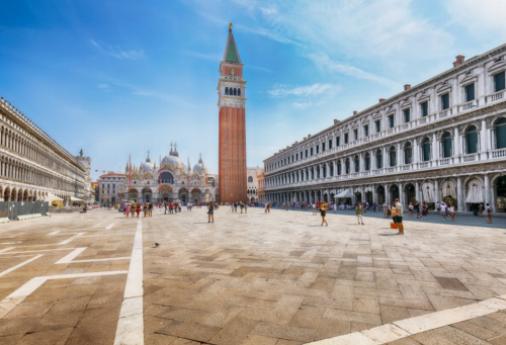Cultural Etiquette: Respecting Venetian Heritage and Communities
22 December 2025 by Irina G.Venice is a city rich in history, beauty, and culture, drawing in millions of tourists each year to its iconic canals and historic landmarks. However, with this influx of visitors comes the responsibility to respect and preserve the unique heritage and communities of Venice. From safeguarding the city's architectural treasures to understanding the impact of tourism on local residents, maintaining cultural etiquette is essential for sustainable travel in this beloved Italian destination. By supporting local artisans and businesses, travelers can contribute to the preservation of Venice's cultural legacy while enjoying a truly authentic experience in this enchanting city.

Respecting Venetian Architecture: Dos and Don'ts
Venice is renowned for its stunning architecture, which has stood the test of time for centuries. When visiting this beautiful city, it is important to respect the architectural heritage that makes it so unique. Here are some dos and don'ts to keep in mind when exploring Venetian architecture.Do:
- Take the time to admire the intricate details of the buildings in Venice. From the ornate facades to the delicate carvings, there is much to appreciate in the architectural design of the city.
- Be mindful of your surroundings and avoid causing damage to the buildings. Refrain from touching or climbing on fragile structures, as this can contribute to their deterioration over time.
- Support efforts to preserve Venetian architecture by visiting museums and cultural sites that work to maintain and protect these historic buildings.
- Take the time to admire the intricate details of the buildings in Venice. From the ornate facades to the delicate carvings, there is much to appreciate in the architectural design of the city.
- Be mindful of your surroundings and avoid causing damage to the buildings. Refrain from touching or climbing on fragile structures, as this can contribute to their deterioration over time.
- Support efforts to preserve Venetian architecture by visiting museums and cultural sites that work to maintain and protect these historic buildings.
Don't:
- Disrespect the architectural heritage of Venice by defacing or vandalizing buildings. Graffiti and other forms of vandalism not only harm the aesthetic value of the city but also detract from the experience of other visitors.
- Ignore signs or warnings indicating areas that are off-limits to the public. These restrictions are in place to protect the integrity of the architecture and should be respected at all times.
- Contribute to overcrowding in popular tourist areas, as this can lead to increased wear and tear on the buildings. Be mindful of the impact that your presence may have on the architectural landmarks of Venice.
- Ignore signs or warnings indicating areas that are off-limits to the public. These restrictions are in place to protect the integrity of the architecture and should be respected at all times.
- Contribute to overcrowding in popular tourist areas, as this can lead to increased wear and tear on the buildings. Be mindful of the impact that your presence may have on the architectural landmarks of Venice.